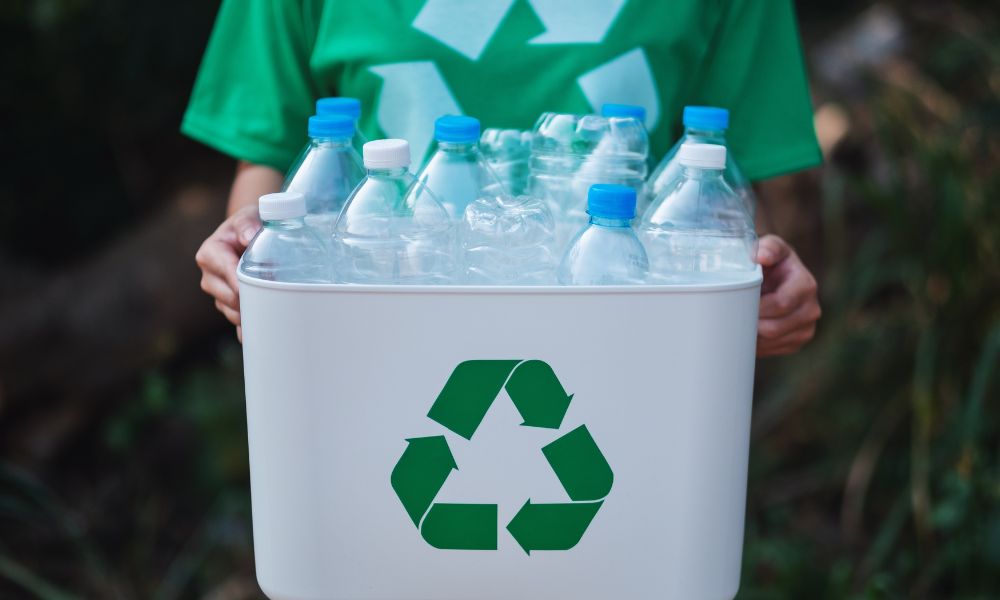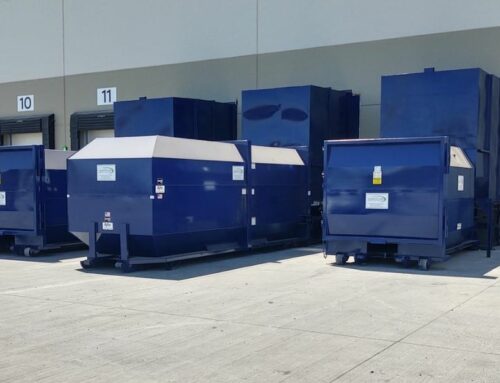
With the growing awareness of protecting the environment from various threats, new activities and safety guidelines appear to transform common practices. Recycling is a common activity that keeps expanding with more effective processes, which could sometimes cause confusion when doing your part.
These five most common recycling myths will tell you exactly what you must know about best practices and what to ignore. Knowledge is the best solution to any process, especially when you must account for the strong impact on the environment and community.
All Plastics Are Recyclable
Most products made from plastic will have a symbol somewhere to signify its type and how to handle it. The universal symbol with the three arrows forming a triangle means a product is recyclable, but this is not always true for every plastic. Polycarbonate and PVC have special additives that prevent the recycling process from completing successfully.
Materials Will Decompose
Some materials will decompose over time and turn into basic elements for better management. Depending on the material, some products could take up thousands of years to break down, which can cause high levels of pollution. Wood, food waste, and cotton will decompose naturally, but even with natural properties, they might take years to break down.
You Must Separate the Recyclables
Separating recyclable materials is helpful for commercial plants because it could reduce the processing time, but it is not always necessary. Recycling plants have machines and technology that will separate materials automatically. Your business could greatly benefit from a commercial baler rental because you can throw recyclable materials together to create a bale for easy transportation and organization of your space.
You Can Only Recycle a Product Once
Products made from recyclable materials will continue to be recyclable no matter how often it goes through a processing plant. This is no longer true once chemicals or additives enter the product. After recycling, raw materials transform into new products, extending their lifespan. Recycled materials have unique characteristics and reuse the same elements thanks to their strength and consistency.
Products Must Be in One Piece
Whether you have a broken bottle or a crumbled can, the main materials and ingredients will maintain their recycling characteristics. It doesn’t matter how well-preserved a bottle is; it will end up mixed with other glass products and turned into small pieces for melting. Common recycling myths prevent best practices from fully developing, so you must debunk them to know which materials to recycle, no matter their physical state.



